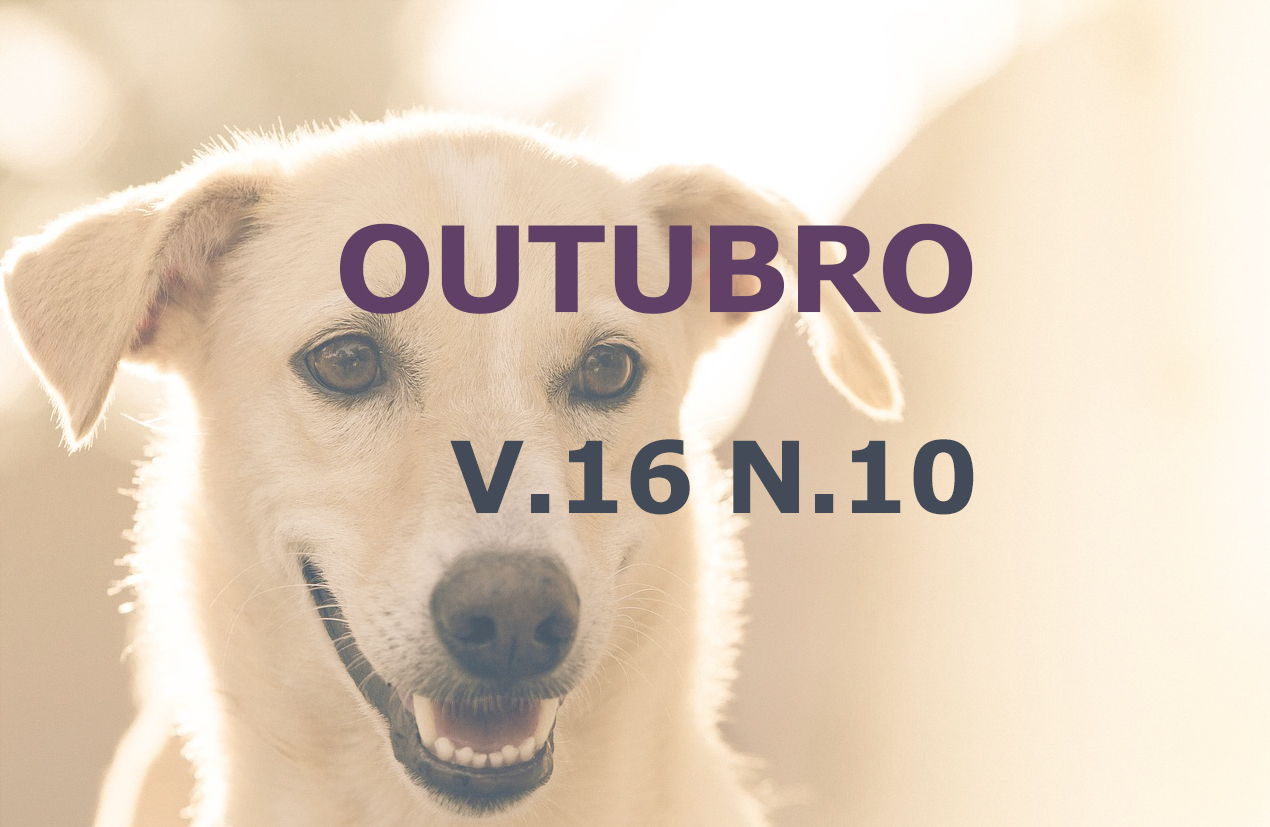Epidemiological profile of american tegumentary leishmaniasis in the state of Paraíba in the period from 2017 to 2020
DOI:
https://doi.org/10.31533/pubvet.v16n10a1227.1-10Keywords:
Leishmania, epidemiological profile, zoonosisAbstract
American cutaneous leishmaniasis (ACL) is an infectious disease caused by protozoa of the genus Leishmania that causes ulcers in the skin and mucous membranes. The objective of the research was to verify the epidemiological profile of American cutaneous leishmaniosis in the state of Paraíba from 2017 to 2020. The methodology is descriptive and quantitative. The information was collected in the National System of Notifications Diseases (SINAN) through the Information Department of the Unified Health System (DATASUS), tabulated in TABNET and analyzed eight variables in Microsoft Excel 2019. It was found that in the state of Paraíba they were notified 169 cases of American cutaneous leishmaniasis between 2017 and 2020 in 33 municipalities, distributed in four mesoregions, with 55.29% in males and 44.71% in females, 37.56% of notifications in the age group from 15 to 39 years and 54.12% of the notifications, education was blank or ignored, 54.71% of the patients belonged to rural areas and 94.71% were classified as new cases. Clinical-laboratory diagnoses totaled 57.65% and 42.35% clinical-epidemiological and 70% of the cases progressed to cure. It is concluded that is an NTD (neglected tropical disease) with wide distribution in Paraíba, presenting areas with greater risk for infection that show the need for further studies and prevention measures.
Downloads
Published
Issue
Section
License
Copyright (c) 2022 Ana Letícia Pereira Fernandes, Fernanda Beatriz Leite Tavares e Brito, Maria de Fátima da Silva Gonçalves, Ividy Bison, Inácio José Clementino

This work is licensed under a Creative Commons Attribution 4.0 International License.
Você tem o direito de:
Compartilhar — copiar e redistribuir o material em qualquer suporte ou formato
Adaptar — remixar, transformar, e criar a partir do material para qualquer fim, mesmo que comercial.
O licenciante não pode revogar estes direitos desde que você respeite os termos da licença. De acordo com os termos seguintes:
Atribuição
— Você deve dar o crédito apropriado, prover um link para a licença e indicar se mudanças foram feitas. Você deve fazê-lo em qualquer circunstância razoável, mas de nenhuma maneira que sugira que o licenciante apoia você ou o seu uso. Sem restrições adicionais
— Você não pode aplicar termos jurídicos ou medidas de caráter tecnológico que restrinjam legalmente outros de fazerem algo que a licença permita.





